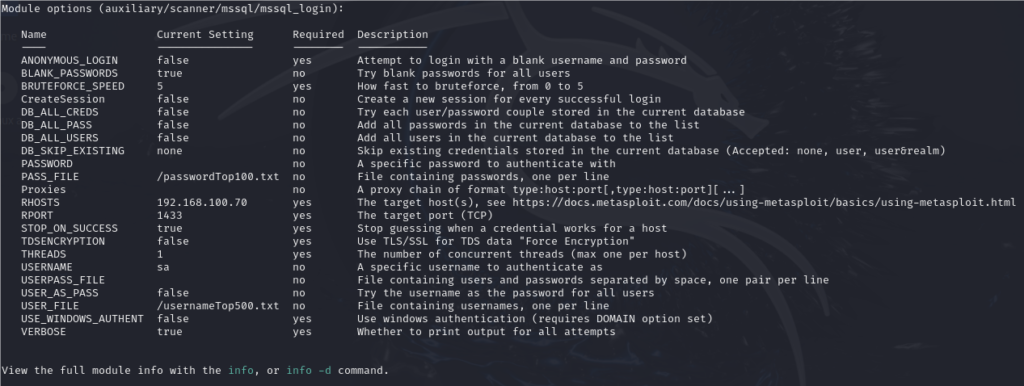1. 数据库连接配置
在使用 MyBatis Plus 进行批量插入之前,首先需要配置数据库连接。在连接 URL 中添加 &rewriteBatchedStatements=true,以提高批量插入的性能。以下是一个示例:
spring.datasource.url=jdbc:mysql://localhost:3306/your_database?useUnicode=true&characterEncoding=utf-8&rewriteBatchedStatements=true
2. 创建实体类
我们将创建一个名为 Product 的实体类,包含多个字段,以便演示批量插入的功能。以下是 Product 类的示例代码:
import com.baomidou.mybatisplus.annotation.TableName;
import lombok.Data;
import java.math.BigDecimal;
import java.util.Date;
@Data
@TableName("product") // 假设数据库中对应的表名为 product
public class Product {
private Long id; // 产品ID
private String name; // 产品名称
private String description; // 产品描述
private BigDecimal price; // 产品价格
private Integer stock; // 库存数量
private String category; // 产品类别
private String brand; // 产品品牌
private String sku; // 库存单位
private Date createTime; // 创建时间
private Date updateTime; // 更新时间
private Boolean isActive; // 产品是否激活
private String imageUrl; // 产品图片URL
private String supplier; // 供应商信息
private String tags; // 产品标签
private String color; // 产品颜色
private String size; // 产品尺寸
private String material; // 产品材质
private Date expirationDate; // 产品过期时间
private Integer rating; // 产品评分
private Integer reviewCount; // 产品评价数量
private String warranty; // 产品保修信息
}
3. 批量插入示例代码
接下来,我们将编写批量插入的代码。以下是使用 MyBatis Plus 批量插入 10000 条 Product 数据的示例:
import com.baomidou.mybatisplus.extension.service.impl.ServiceImpl;
import org.springframework.beans.factory.annotation.Autowired;
import org.springframework.stereotype.Service;
import java.math.BigDecimal;
import java.util.ArrayList;
import java.util.Date;
import java.util.List;
import java.util.Random;
@Service
public class ProductService extends ServiceImpl<ProductMapper, Product> {
@Autowired
private ProductMapper productMapper;
public void batchInsertProducts() {
List<Product> productList = new ArrayList<>();
Random random = new Random();
for (int i = 0; i < 10000; i++) {
Product product = new Product();
product.setId((long) i);
product.setName("Product" + i);
product.setDescription("Description for product " + i);
product.setPrice(BigDecimal.valueOf(random.nextDouble() * 100));
product.setStock(random.nextInt(100));
product.setCategory("Category" + (random.nextInt(10) + 1));
product.setBrand("Brand" + (random.nextInt(5) + 1));
product.setSku("SKU" + i);
product.setCreateTime(new Date());
product.setUpdateTime(new Date());
product.setIsActive(random.nextBoolean());
product.setImageUrl("http://example.com/images/product" + i + ".jpg");
product.setSupplier("Supplier" + (random.nextInt(5) + 1));
product.setTags("tag1,tag2,tag" + (random.nextInt(3) + 1));
product.setColor("Color" + (random.nextInt(5) + 1));
product.setSize("Size" + (random.nextInt(3) + 1));
product.setMaterial("Material" + (random.nextInt(4) + 1));
product.setExpirationDate(new Date(System.currentTimeMillis() + (random.nextInt(365) * 24 * 60 * 60 * 1000L))); // 随机过期时间
product.setRating(random.nextInt(6)); // 评分范围 0-5
product.setReviewCount(random.nextInt(100)); // 随机评论数量
product.setWarranty("Warranty for " + i + " years");
productList.add(product);
}
long startTime = System.currentTimeMillis();
productMapper.insertBatchSomeColumn(productList); // 批量插入方法
long endTime = System.currentTimeMillis();
System.out.println("插入10000条数据耗时: " + (endTime - startTime) + "毫秒");
}
}
4. 性能测试
通过上述代码,我们可以看到,批量插入 10000 条数据的时间大大减少。使用 &rewriteBatchedStatements=true 的情况下,插入时间通常在 2.5 秒左右,而不使用时可能需要超过 127 秒。这种性能提升对于数据密集型应用程序来说至关重要。
5. 总结
本文介绍了如何使用 MyBatis Plus 框架进行批量写入数据库,并通过设置数据库连接 URL 中的 &rewriteBatchedStatements=true 来优化性能。通过合理的配置和代码实现,我们能够显著提高数据插入的效率,提升应用程序的整体性能。




















